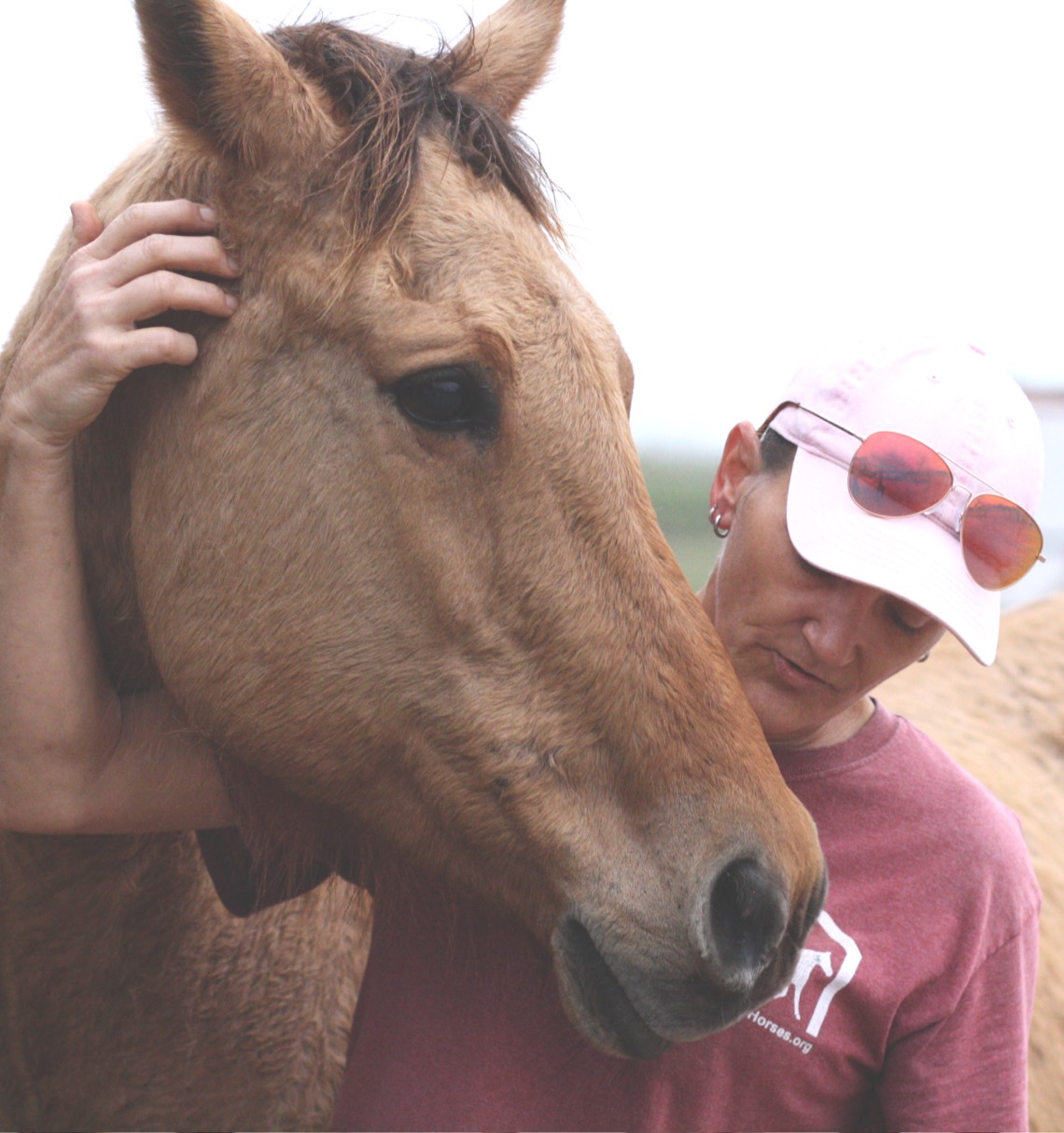Managing Feral Horses on National Park Service Lands
Are the wild horses and burros living on National Park Service lands not protected by the 1971 Wild and Free-Roaming Horses and Burros Act? Just a thought, since the article below makes it seem like in some of our National Parks, officials could just go out and “eradicate them”. There is nothing in the article that really addresses whether the horses are humanely dealt with or not. If any of our readers works for the National Parks system or knows the answer, be sure to comment! ~ HfH
From: The Horse
By: Michelle Anderson
This is a synopsis of a presentation to veterinarians during The American Mustang session at the 2014 American Association of Equine Practitioners Convention, held Dec. 6-10 in Salt Lake City, Utah.
For most people, the mention of wild horses in the United States conjures images of Bureau of Land Management (BLM)-administered American Mustangs roaming the West. However, pockets feral horses also live throughout the country on National Park Service (NPS) lands and are managed by this federal agency.
Jenny Powers, DVM, PhD, an NPS wildlife veterinarian, presented the unique challenges of managing feral horses on NPS lands during the 2014 American Association of Equine Practitioners Convention, held Dec. 6-10 in Salt Lake City, Utah. She also described the NPS’s relationship with the BLM in co-managing these horses.
Horses and ponies currently reside in about 20 NPS units; 10 units contain feral donkeys and burros. These herds include, among others, the famous Assateague Island ponies residing off the coast of Maryland and Virginia, the Shackleford ponies of Cape Lookout National Seashore in North Carolina, and the Theodore Roosevelt National Park feral horses in North Dakota.
The NPS formed under the Organic Act of 1916 with the mission “to conserve the scenery and the natural historic objects and the wildlife therein and to provide for the enjoyment of the same in such manner as to leave them unimpaired for the enjoyment of future generations.” Further amendments solidified the NPS’s value of preserving the “naturalness” of parklands, Powers explained.
And, within the definition of “naturalness,” lies the NPS’s challenge regarding equid management. Because NPS horses are feral domestic animals, not native wildlife, argument as to whether they’re a natural part of the ecosystem exists. While horses and burros currently reside on public lands, they aren’t native.
The original North American equine inhabitants went extinct by the end of the Pleistocene epoch, which ended approximately 11,700 years ago. Europeans, namely Spanish conquistadors, reintroduced horses to North America in the late 15th century.
Horses played a vital role in transportation, military action, and agriculture as the United States formed and settlers headed west. However, as reliance on horses and other equids dwindled with industrialization, equids were released or abandoned on western rangelands or remained as remnant herds from early colonial exploration, homesteading, and ranching in areas around the country, Powers said.
Equids residing on NPS lands fall into four categories regarding their management:
- Animals that reside within an NPS unit and aren’t specifically managed as a cultural resource. “Management of these animals often ranges from attempting to eradicate these animals from within the park to no management, usually because of lack of funds,” Powers said, adding that many of these horses create natural resource damage, including soil erosion, damage to historic structures, and competition with native wildlife. Powers offered the examples of the burro populations in the Grand Canyon National Park in Arizona and Mojave National Preserve in California.
- Trespass animals from herds on publically managed neighboring lands, including BLM and U.S. National Forest. Herds crossing between federally managed lands are often co-managed by the agencies using similar methods, Powers said. Management efforts might include roundups, adoptions, and fertility control. “Examples include the famous Pryor Mountain horse herd that neighbors Bighorn Canyon National Recreational Area in Montana and horses that range from BLM onto NPS land on the periphery of Death Valley National Park in California,” Powers explained.
- Trespass animals from private lands or tribal reservation lands. In these cases, the NPS’s first priority is to confirm ownership of the animals and notify responsible parties of the trespass. If the animals are deemed abandoned, NPS officials have several options, including fencing, roundup and removal, and lethal removal. “Examples where this occurs include Big Bend National Park in Texas, Mesa Verde National Park in Colorado, and Glacier National Park in Montana,” Powers said.

